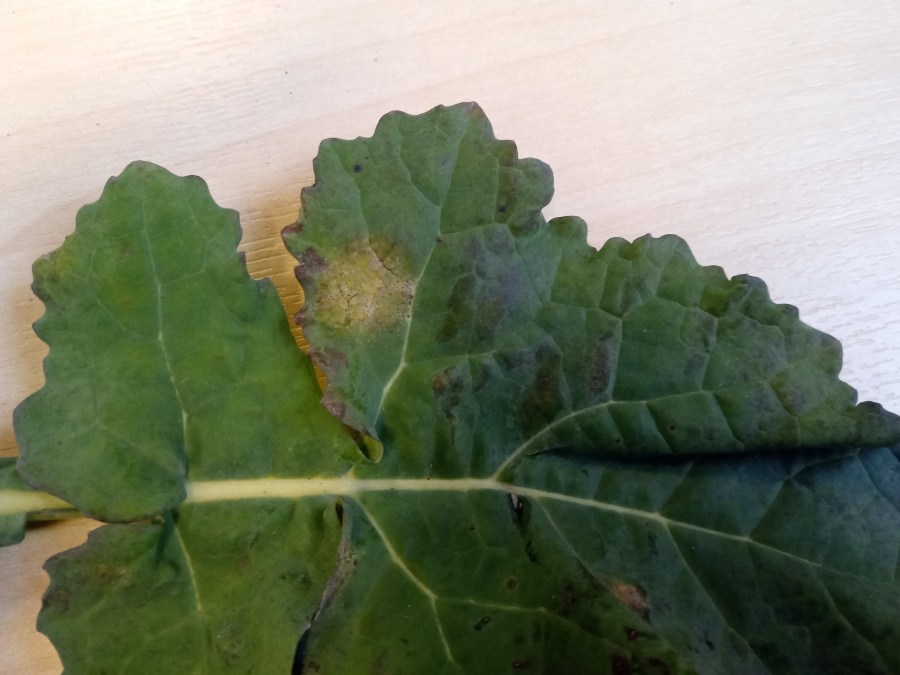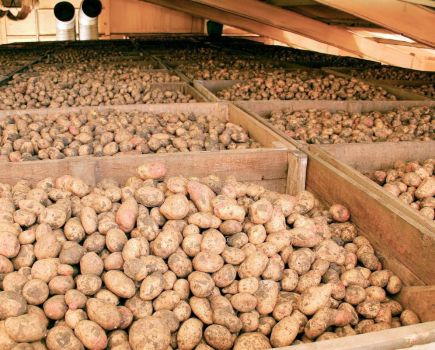Over 60% of samples assessed by Bayer in December contained light leaf spot symptoms (3 days after incubation) according to the latest findings from the firm’s SpotCheck initiative. Charlotte Cunningham reports.
Mild temperatures throughout the end of 2019 and no prolonged cold spell have resulted in a conducive environment for light leaf spot to develop, particularly latently within the crop, according to Bayer. This, coupled with more and more rainfall furthering the likelihood of new infections, has driven the incidence of light leaf spot symptoms in samples assessed by the SpotCheck initiative.
According to Philip Walker, arable plant pathologist at ADAS, the high number of samples identified to contain light leaf spot confirms the suspicion that there was a lot of latent disease building in the crop. Looking ahead to the coming months he warns for farmers to be particularly careful if weather conditions continue to stay mild.
“If there’s a significant drop in temperatures, we’re unlikely to see new infections, and any pre-existing infections will pause in development. However, if conditions remain mild then there will likely be more and more infection events in previously symptomless fields.
“A crop carrying high levels of light leaf spot infection into stem extension will be negatively impacted at this vital yield building stage of development. However, the challenge is finding an opportunity to travel, given the amount of rain we’ve had.”
Mild conditions
The difficulty in travelling is an observation shared by Grant Reid, Bayer commercial technical manager for Northern Scotland. He believes that while oilseed rape crops looked very small and were struggling towards the end of the year, over Christmas the mild conditions have allowed the crop to continue growing away.
“There’s a lot of variation in oilseed rape crops – some crops are what I’d term ‘normal’ for this time of year, others are struggling. Ground conditions have not been ideal for travelling, and I suspect there are a lot of crops out there which have not received a fungicide spray yet.
“Having said that, it’s important to remember that oilseed rape is a resilient crop, which branches quite a lot. If you have a crop of around 15 plants/m2, don’t write it off and be patient. It’s a long time until spring, so continue assessing ground conditions and utilising SpotCheck to understand disease levels in the crop, and when you can, apply a fungicide such as Proline (prothioconazole).
“Given the difficulties with drilling winter crops, particularly wheat, this season, it may mean that oilseed rape is one of the only paying crops this season,” concludes Grant. “So it’s important to utilise all the tools in the armoury, including SpotCheck, to put the crop in the best possible position as it enters stem extension.”
To benefit from Bayer’s free SpotCheck initiative visit: www.cropscience.bayer.co.uk/spotcheck




